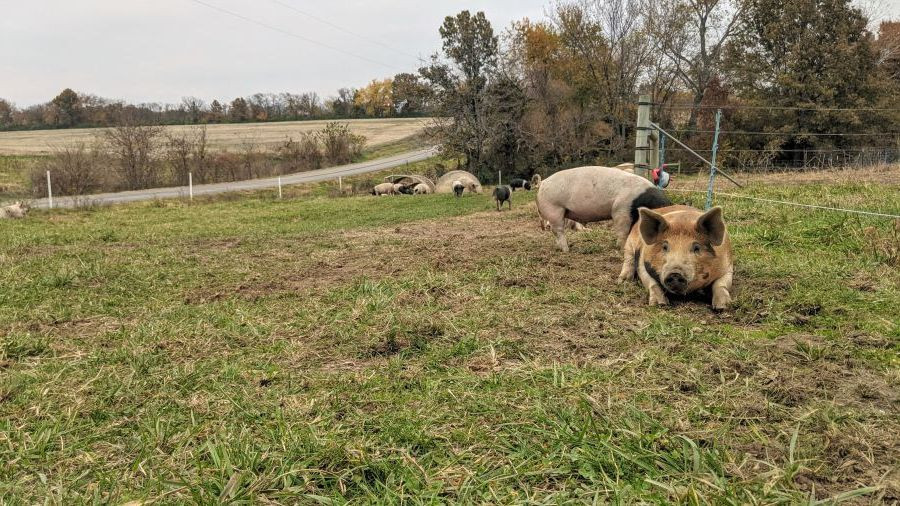Our Newest Team Member!
posted on
April 20, 2022
Reeves is #3 of 11 in the Kesten kid lineup. Remi's family lives in Florida now, but Reeves just came up to work on the farm for this year's growing season. He's done his fair share of chicken chores in his younger years, so he is perfect for the job!

Reeves is such a great person to be around. He's encouraging, positive, smart, and very hard working. These are amazing qualities to have on our team 👏👏His roles are mainly going to be in production.
He'll be in charge of
Brooder care - Feeding the chicks, making sure they're warm, bedding the brooder with fresh peat moss, and moving the chicks out to pasture when they're old enough.
Hog production - Feeding and watering hogs, rotating them and setting up new paddocks.
Pastured Poultry - Moving and feeding chickens and turkeys on pasture in the MRCs (mobile range coops) or poultry netting for the turkeys.
Maintenance - Helping with vehicle, grounds, and equipment upkeep.
On top of all this, Reeves has his own list of projects he'd like to accomplish on the farm. We love his ingenuity and diligence in what he puts his hands and mind to!
Reeves is looking forward to growing production and working with the animals. His favorite animals to work with are the pigs. I have to agree with him there. They are pretty adorable!
He's also great at photography and editing, so stay tuned for some awesome social media content 💯
Hopefully, you will get a chance to meet Reeves at one of our upcoming farm events!
On a side note, baby chicks are in!! These little fluff balls arrived yesterday and are quickly adapting to their new home 💗I feel like the first chicks in the brooder are the beginning of the new growing season.

Let the farming begin!



